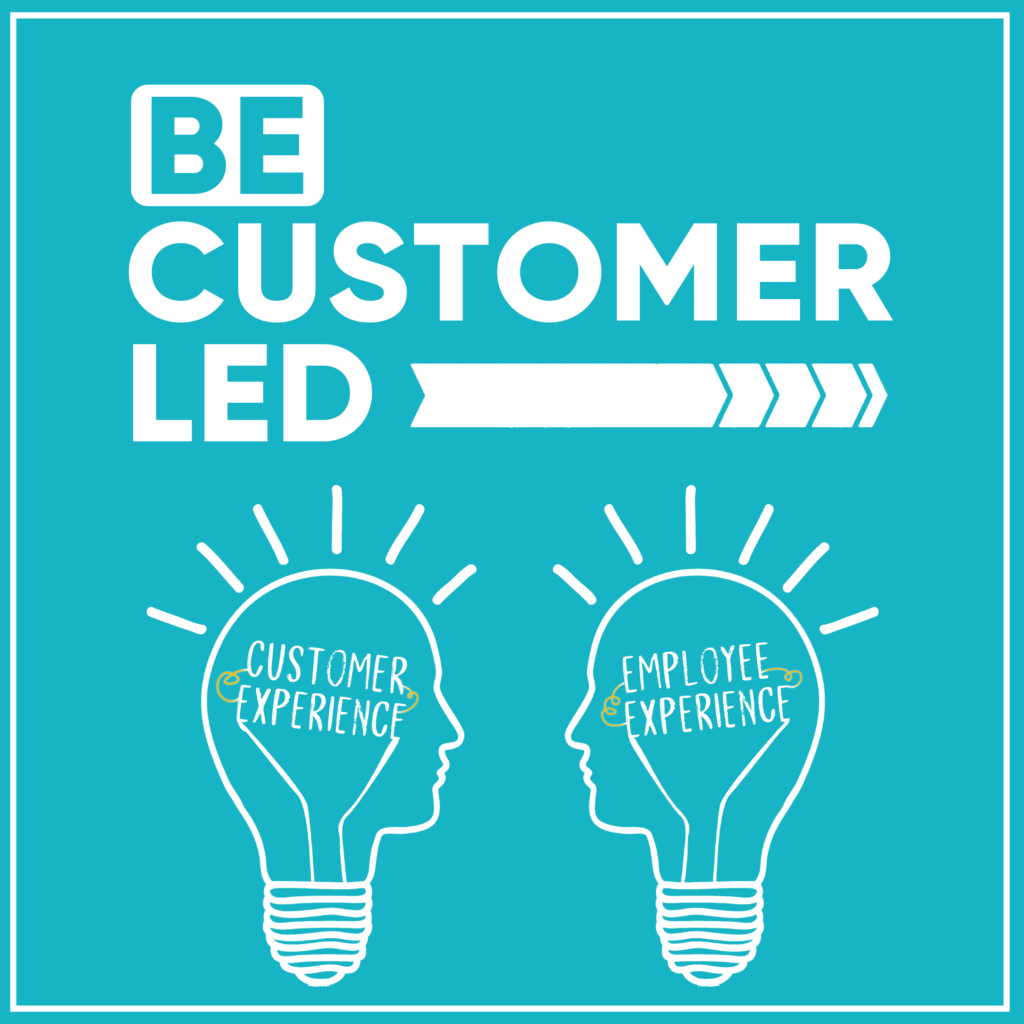Are you client-focused, client-centric or client-obsessed? Do you know the difference? Are you using these interchangeably? I have heard them used interchangeably so many times. But there’s a huge difference ― and both your employees and your clients can feel it.
Before we start discussing the differences, I wanted to quickly bring back a topic I wrote about recently on LinkedIn (CX Maturity Models: Pyramids?); specifically, that maturity models can’t be a pyramid, a chevron or some other linear graphic.
Instead, I propose we make these an infinite, cyclical loop. Why? Because businesses, clients and employees evolve and grow in a continuous, ongoing cycle. At some point, the experience can and will break (because we’re all fallible); when this happens, your clients or employees are going to feel like you’re not listening to them. Alternatively, you and your constituents evolve, causing a company to re-start their journey.
I would argue this is happening a little bit to Apple, with competitors leapfrogging their technology, making them play catch up; and this is leaving some Apple customers feeling like nobody is home in Cupertino. [Full disclosure: I love Apple products, but I want them to be innovation leaders again and feel like they are not listening to their customers.]
The Customer Experience Maturity Loop
Along this CX Maturity Loop, clients go through different stages: from feeling ‘Ignored’, to ‘Heard’, then ‘Understood’, and ‘Engaged’, with the final stage of feeling ‘Passionate’ about your company. There are activities a company takes on at each stage, and specific behaviors they would exhibit. Importantly, employees go through stages of client experience too, but they’re slightly different: Ignored, Aware, Focused, Centric and Obsessed.
Now, with the above background in place, let’s get into what’s different about these three…
Client-focused Businesses
Clients feel like you ‘Understand’ them. The customer is top of mind for the company at the executive level, and they talk about the customer in key presentations, whether internal or external. The business holds their people accountable for customer satisfaction.
The target customer experience is defined. Key drivers of positive customer experiences are actively managed, and the journeys most important to the company are being mapped. That said, this may not be happening centrally, with different teams designing through their own design principles and style guides.
There is ongoing identification and targeted fulfillment of customer needs through transactional and relationship surveys. Different client behaviors are being used to trigger business responses, and the business understands the drivers of specific customer behaviors. Customer insights are also being used in strategy and product development.
But not all employees are feeling the client vibe yet, even though some are acting on client feedback. Typically, many employees can’t act on feedback because the company is not democratizing the ‘so what’ in order for employees to act on insights effectively. Yikes! Moreover, the client doesn’t break ties in business decisions and this sends a clear message to your employees.
These companies are also not using advanced technology and analytics to work through all of the feedback they receive. Connecting the dots horizontally is not a muscle people are flexing, so there are disparate experiences that may also be disconnected from the target experience and the business strategy.
Finally, customer-focused businesses are still not using Client Experience as a function or toolkit to solve business problems; they’re largely focused on tactical client problems. As such, it’s still hard to tie client metrics and financial metrics at this point. They’ll start cooking with gas once they’ve figured this out though.
Okay, I am going to put a pin in this topic until Monday when we’ll talk about what client-centric businesses are doing differently.
In the meantime, I would love your thoughts, whether positive or critical as I believe in eating my own cooking (#CX).

